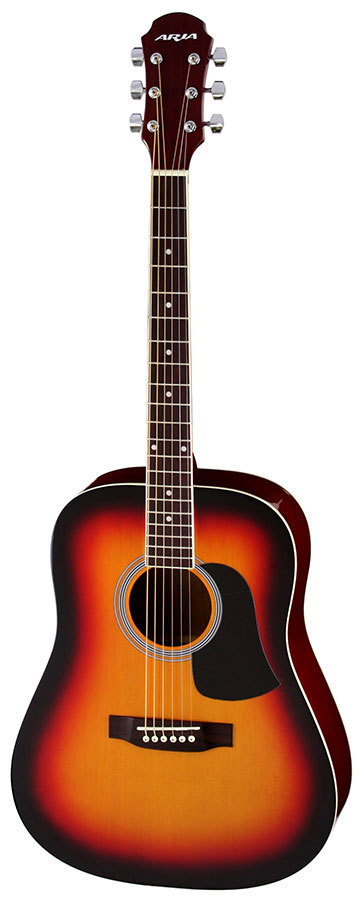

- #Aria guitar model numbers serial numbers#
- #Aria guitar model numbers serial number#
- #Aria guitar model numbers pro#
- #Aria guitar model numbers professional#
Probably most prominent Aria Pro II promoter was John Taylor, bass player from Duran Duran, who used SB-basses since until today, but exclusively 1979-1986: at first, passive oak batwing SB-700, he used model SB-900 on " Girls on Film" and later well-known black-oak SB-1000, quite visible all over "As The Lights Goes Down" 1984 tour, also on Power Station recording sessions.

Also, users of the Aria Pro II SB-1000 was Cronos of the band Venom. He has a posthumous 1990's "Tribute Model" called the SB-CB produced in Korea, and in 2013 Aria with Burton's family made SB-BLACK’N GOLD I -Cliff Burton Signature Model- with authorized Cliff Burton signature, and made in Japan.

Cliff Burton of Metallica used an Aria Pro II SB Black`n`Gold I as well as an SB-1000 bass but was never an official endorser. The company had endorsements from Michael Schenker, Yngwie Malmsteen, Neal Schon, John Taylor, Jack Bruce, Neil Murray, Henrik Flyman, Loose Wayne and SS of Dark Frost and others.
#Aria guitar model numbers professional#
Guitar designer and audio engineer, Ronnie Parker started his career with Aria in 1985 when they were producing instruments in the City of Industry, California.Īria Pro II made some copies of established designs such as the Fender Stratocaster and Gibson Les Paul, in addition to original designs In the '70s and early '80s they produced a series of high end professional instruments, most notably SB series of basses and PE and TA electric guitar series. In the 1980s, Noubuaki Hayashi started Atlansia Guitars company in Matsumoto, Nagano, Japan and today still make incredible designs and technical novelties ( original Japan-language Atlansia page). Most famous by their designer H.Noble (Nobuaki Hayashi) who designed most recognizable "pointy" Aria's headstock, first versions "batwing" or "batears" design, but since 1980 it's more tamed openbook design, but still recognizable headstock, which is still used. In the mid-1990s a few models (including the Fender Stratocaster-inspired Fullerton series guitars and the Steve Bailey 6-string fretless signature bass) were made in the United States. All guitars were made in Japan until February 1987, when production of less expensive models (Magna MAB/MAC and Integra IGB series) was switched to Korea ( Samick-factory production actually started as early as May 1986). The Aria brandname was changed to Aria Pro II in late 1975, though this has been used mostly (but not exclusively) for electric guitars and basses. Arai and Matsumoku started building acoustic guitars in 1964, and then electric guitars in 1966, using Arai, Aria, Aria Diamond, Diamond, and much less frequently, Arita brand names. Aria arranged for Matsumoku, the musical instrument maker, to build the guitars for them under contract. They began retailing acoustic guitars in 1960, although the company did not start manufacturing their own until 1964.
#Aria guitar model numbers serial numbers#
However, this is not the case on all guitars, and some have serial numbers which are not date-coded.Aria was formed in Japan in 1956 by Shiro Arai as "Arai & Co., Inc". Thus 9628# would be from the 28th week of 1996.
#Aria guitar model numbers serial number#
Some Korean- made guitars use a serial number with year and week indicated in the first four digits (YYWW#). Thus, a guitar from 1979 might begin with 79#. At least for Aria guitars made by Matsumoku, the serial number contains the year of manufacture in the first one or two digits (Y# or YY#). In the mid-'70s serial numbers began to be used. The early guitars did not contain serial numbers, so you have to go by the rough historical outlines here. Hard to tell from your pic exactly which one, but there's some info here :ĭating Aria guitars is a mix of fair precision and historical triangulation.


 0 kommentar(er)
0 kommentar(er)
